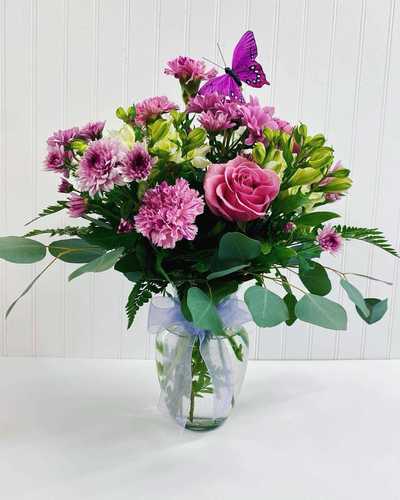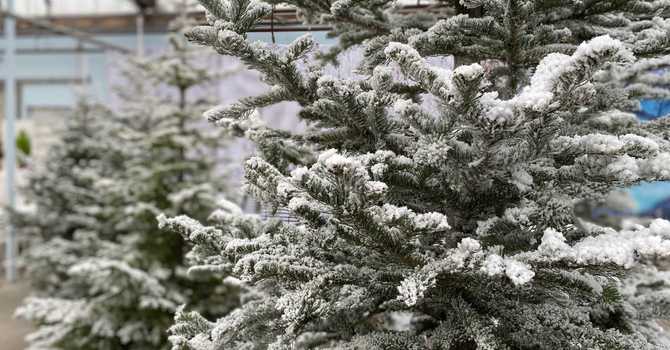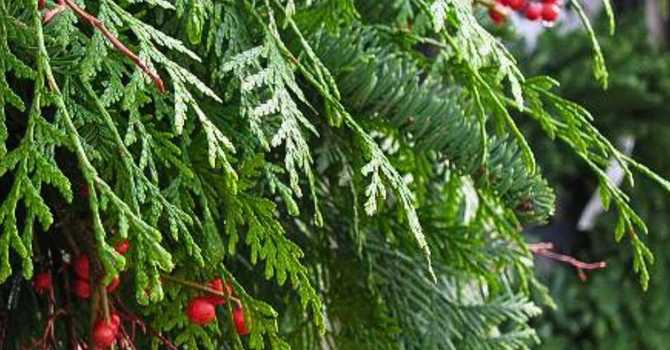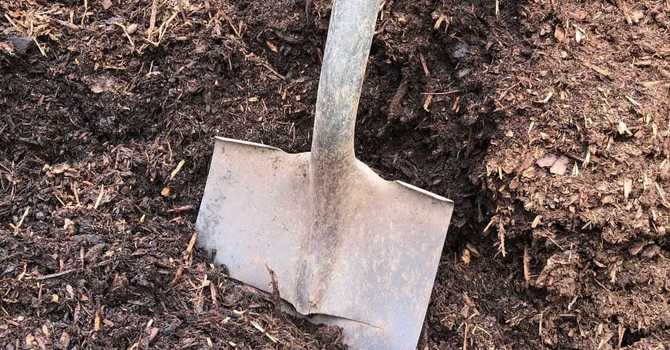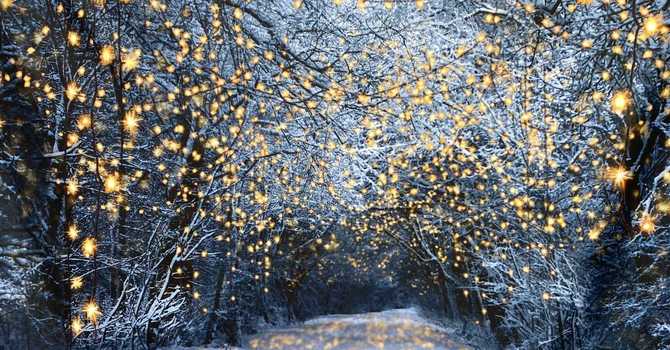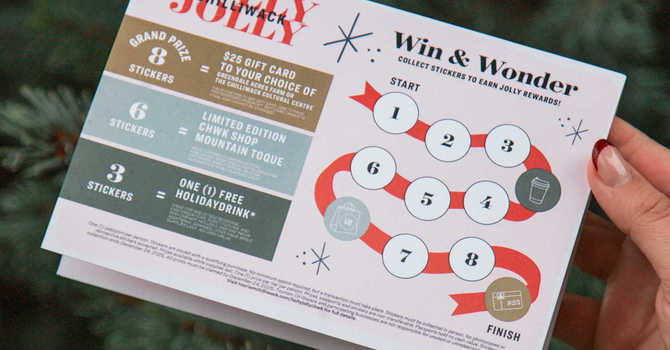Finding The Right Plants Doesn’t Have to Feel Overwhelming.
Whether you're a beginner or experienced gardener, Minter Country Garden has everything you need to grow your beautiful garden.
Why Garden with Us?
Experience the Minter Difference:
grade
Take Pride in Your Space
Enjoy the satisfaction of a beautiful space that reflects your unique style.
chat
Be Confident in Your Choices
With our guidance, you’ll feel prepared to make the best decisions for your garden’s success.
filter_vintage
Peaceful Connection
Experience the calming beauty of our garden center, where environmentally friendly practices create harmony for your home and the planet.
Lifestyle Categories That Work For You
Visit our garden centre to explore plants that fit your needs

Pet-Friendly Garden Anchors
Add value to your home and habitat for wildlife with trees and shrubs.

Edible Plants
Achieve your home vegetable and garden dream, bring on the flavour!
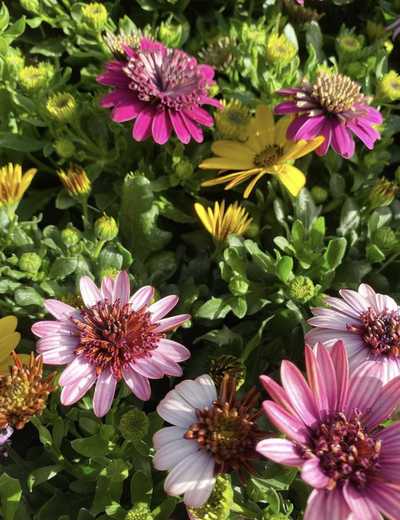
Low Maintenance Plants
Enjoy a beautiful yard with less requirement of your time.
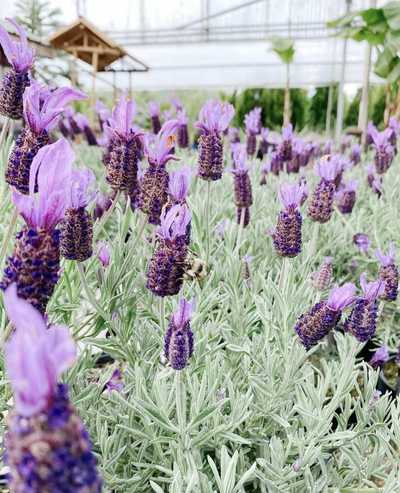
Drought Tolerant Plants
Plants that endure a drying climate.
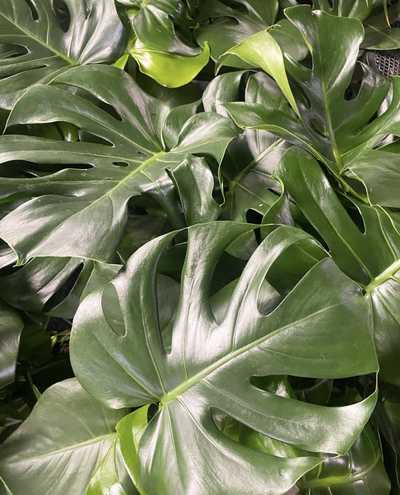
Houseplants
Improve air quality in your home with an in-door garden oasis, and check out pet friendly options too.
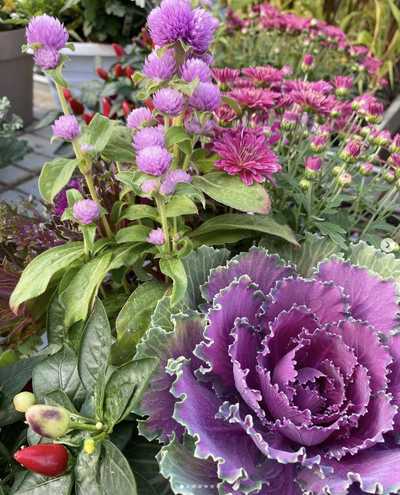
Patio Plants
Colourful, low-maintenance choices to suit any outdoor space.
Not Sure Where to Start?
With decades of service in the community, our knowledgeable and friendly team is here to support you.
Whether you’re exploring new ideas or need specific guidance, we offer a wealth of educational resources and tailored advice to help bring your vision to life.
Stop by and let us help you find exactly what you need!
Let Us Help You Create the Spaces You've Always Wanted
Come and visit us in store. We're here to help.
Visit Our Store
